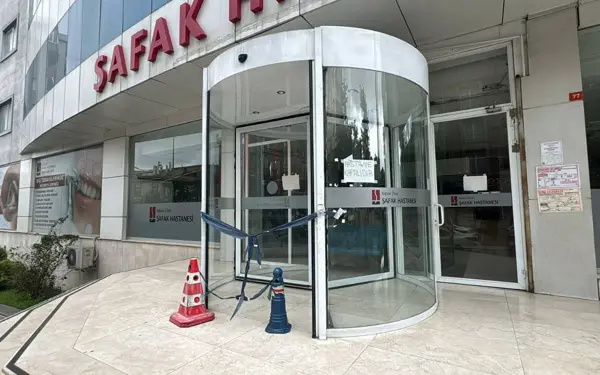The Confederation of Progressive Trade Unions of Turkey’s Research Center (DİSK-AR) has published a report showing that Turkey’s Social Security Institution (SGK) has sharply increased payments to private hospitals even as patient visits to these facilities decline.
Titled “The Growing Burden of Private Hospitals on SGK,” the report examines rising SGK expenditures on private healthcare and comes in the wake of the “Newborn Gang” case, which revolves around an alleged crime scheme exploiting infants with health problems to generate extra SGK payments.
According to the report, SGK payments per patient visit to private hospitals have outpaced those made to public hospitals. Between 2012 and 2024, SGK’s per-visit payment to private hospitals surged by 940%, compared to an increase of 469-518% for payments to public hospitals.
In the first half of 2024 alone, SGK’s payments to private hospitals were nearly three times those made to public hospitals. The report noted that the average payment per patient visit to private hospitals had reached 153% of the average SGK payment, a significant increase from previous years.
Healthcare transformation and SGK costs
The report attributes this growing financial burden partly to reforms in the early 2000s under the Health Transformation Program, which increased the private sector’s share of healthcare services. During this period, the government transferred the management of SGK hospitals to the Health Ministry and closed state-owned pharmaceutical production facilities, shifting SGK’s role to one of healthcare purchasing rather than providing services.
SGK now contracts health services from a range of providers, including secondary and tertiary public hospitals, university hospitals, and private hospitals.
Fewer visits but higher costs
The report highlights an ongoing trend: while patient visits to private hospitals have decreased, SGK’s payments to these facilities continue to rise. In 2012, private hospitals saw approximately 87.9 million patient visits, but by 2023, that number had dropped to 68.5 million, while total SGK-covered patient visits increased overall. In 2012, private hospital visits represented 23% of total visits; by 2023, this number had dropped to 11%.
One reason for the decline in private hospital visits, DİSK-AR suggests, is high out-of-pocket costs that exceed the rates set by Turkey’s Health Implementation Communiqué (SUT).
The DİSK-AR report points to widening gaps in per-visit payments across hospital types. In 2012, SGK paid 49 lira per visit to state secondary hospitals, 91 lira to tertiary state hospitals, and 77 lira to private hospitals. By the first half of 2024, per-visit payments had risen to 282 lira for secondary public hospitals, 564 lira for tertiary public hospitals, and 801 lira for private hospitals.
SGK’s payments to private hospitals now account for a significantly larger portion of its total healthcare expenditures. In 2012, private hospitals received payments totaling approximately 105% of the average SGK payment per visit. In 2024, that share has risen to 153%, while payments to secondary state hospitals have declined to 53% of the average. (VK)










